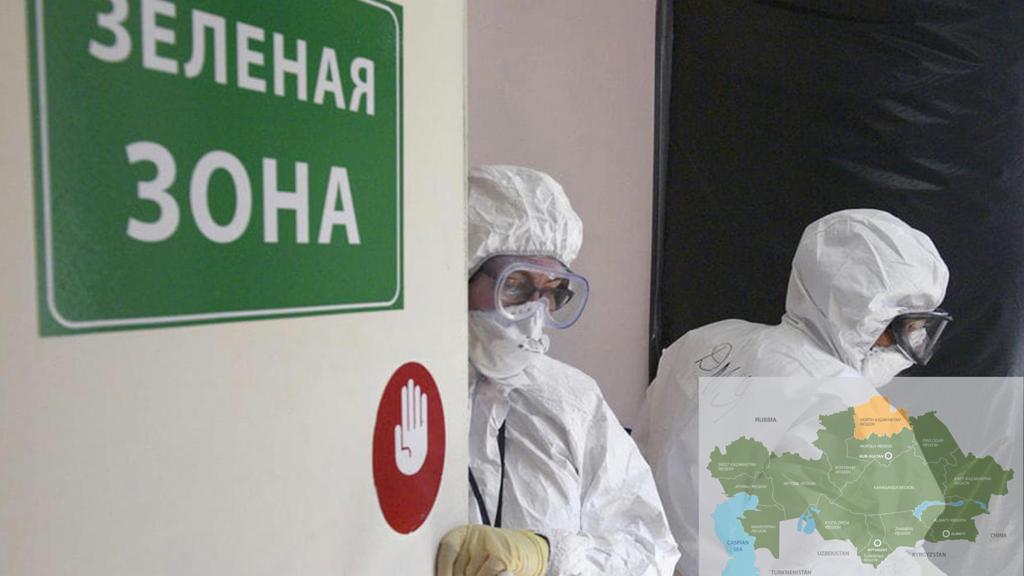NUR-SULTAN – No region in Kazakhstan is currently in the high-risk red zone, as the overall epidemiological situation has stabilized.
As of March 2, only the North Kazakhstan Region is in the moderate risk yellow zone, while all other regions are in the low-risk green zone.
Kazakhstan reported 1.3 million coronavirus cases and 88,156 coronavirus pneumonia cases since the pandemic began with daily cases now at 300, the lowest since the omicron variant caused a spike in cases in January.
At the moment, 2,123 patients continue receiving treatment in hospitals. Fifty-seven patients are in extremely severe condition and 44 patients are on medical ventilators.
Vaccination remains vital and effective against severe disease and hospitalizations, said Kazakh Deputy Prime Minister Yeraly Tugzhanov at the Feb. 28 board meeting of the Ministry of Health.
“The epidemiological situation depends on the level of vaccination in the country. In some countries, waves of coronavirus were as long as three months. We had an opportunity to defeat omicron within one month. All of this was due to concrete measures,” said Tugzhanov.
In Kazakhstan, 9,390,070 people have received at least one dose of a COVID-19 vaccine, and 9,002,048 people have received the full vaccination course. Kazakhstan offers its citizens several vaccines – the Russian Sputnik V, the locally developed QazVac, the Chinese Sinopharm and Sinovac, and Pfizer, which is used to vaccinate teenagers, pregnant and breastfeeding women as well as as a booster dose for medical workers and people aged 60 and over.
Nearly 850,000 people have so far received the first dose of Pfizer, and close to 616,000 have received two doses of the vaccine.
According to Aizhan Yesmagambetova, vice-minister of health and chief state sanitary doctor, there are several scenarios for the coronavirus situation in Kazakhstan. There may be up to 250 cases per day under the optimistic scenario, up to 310 cases per day under the realistic scenario, and up to 360 cases per day under the pessimistic scenario. But none of these estimates are close to the figures that the country was reporting in January when daily cases were around 15,000, the highest since the pandemic began.
“Continuous improvements in prevention approaches, treatment, and restrictive measures have reduced the maximum spread limit of the fifth wave associated with the circulation of the omicron variant, and the incidence of the disease was going up only for one month,” said Yesmagambetova.


